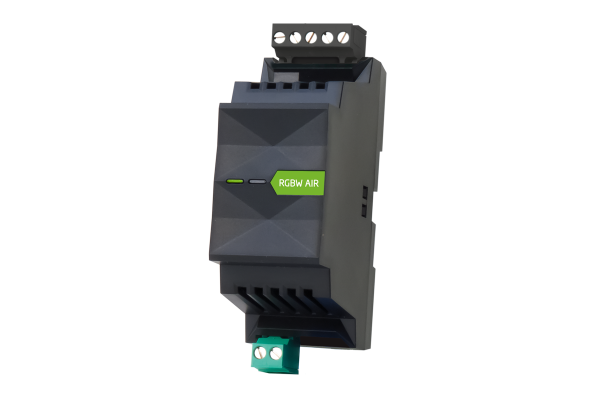

That thinking was supported by the wiring diagram showing clearly, that the power supply has to be connected to the top as well as to the bottom. When looking at the documentation I got the impression, that in facts there are two independent sets of channels with 12 outputs on the top and 12 on the bottom side of the device. The fact that there are 24 individual output channels sounds amazing, and was the main reason for me to test it. There are three buttons that allow you to configure or adjust few settings like operation mode, DMX channel, decoder mode, PWM frequency, brightness curve, and few others).Ģ4 channel 24V LED DMX dimmer ĭecoder mode can be selected between 1, 3, 6 or 24 channels, PWM frequency can be selected to either 500Hz or 2000Hz and you choose from linear or logarithmic output curve. DMX address can be set in a range from 001 to 2048, however Loxone DMX extension cannot address more than 512 channels I think, but definitely no limitation there from the dimmer. It offers some standalone operation modes making the device more versatile to use but I was not exploring these in detail as my primary target was to supplement Loxone 24V DMX dimmers. Offering 24 individual output channels, 3 Amps each, DIN rail housing and numeric LED channel display. This is indeed an interesting product at first sight. So while looking for other options I found few interesting DMX dimmers on AliExpress so I ordered a few to test. Also, when looking at the available datasheets, there is no mention about the frequency they use, or at least I couldn’t find that detail there. However, I couldn’t find any good dealership nearby, so I cannot provide any personal recommendations. I heard very good references to Eldoled LINEARdrives (100D), which seems to be very advanced, flicker-free and solid dimmers.

Flicker-Free?įor home light appliances it is wise to consider flickering (or the PWM frequency) as another attribute to look at when comparing LED dimmers. Simply wave your outstretched hand in front of the light source and see the difference in stroboscopic effect when switching the light channels. It is interesting that in case of RGBW LED strips I found the flickering more noticeable on the color channels than on the WW, but this has either something to do with the response of phosphor coating that converts the blue emitted light to the white or warm white, human eye sensitivity to the given wavelengths, or combination of these factors. In my experience the frequency they have chosen is a bit too low, causing unwanted stroboscopic effect. Now back to the Loxone dimmers for a moment again. PWM flickering causing stroboscopic effect

At ultra high frequencies the system would practically act as an transmitter creating electromagnetic interference all around the house. How about some upper frequency limitations? It is usually limited by the micro-controller maximum frequency, switching transistor energy efficiencies at higher speeds, and potential audible noise in the human sound spectrum. Some sources report that 300Hz is a frequency minimum for stationary and 1kHz for moving flicker free. It is more recognizable when subject or object is in motion, and in peripheral view where the sensitivity is improved. It depends entirely on the application and human eye natural sensitivity to flicker.
#LOXONE DIMMER MOVIE#
While some do not notice flicker at 25Hz (cinema movie frame rate) or lower, others might be irritated by 100Hz refresh or higher. PWM flickeringĭifferent people do have different sensitivity to flickering. Although there were some rumours about the possibility to adjust the PWM frequency, in the end it seems it was not possible. According to the documentation, Loxone has set the PWM frequency to 123Hz. But the thing here is flickering, which is often being discussed in relation with PWM dimming in general. They have very small space requirements in the cabinet on the DIN rail, and offer four channels at 2.1 Amps each (50W per dimming channel). I still have 6 of these since the very beginning of my Loxone installation, and I never had any technical issue with these. Before we jump right into it, let me tell you few things about the former Loxone 24V DMX dimmers. Same happened to EnOcean products while ago.īut there might be other reasons why to look for other 24V dimmers as well. The focus has moved towards Tree and Air products, leaving open standards aside.

Just a simple query to their web-shop reveals that there are no 24V DMX Dimmers any longer. Some of you might already noticed that Loxone silently discontinued few products and one of the areas impacted are DMX products.


 0 kommentar(er)
0 kommentar(er)
